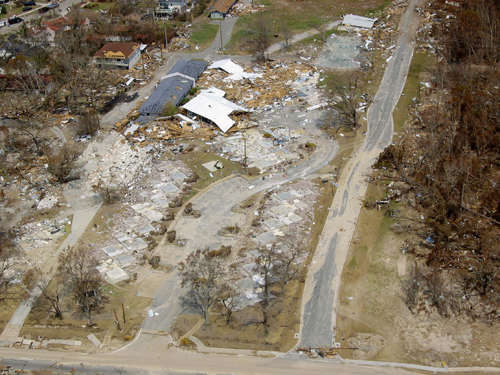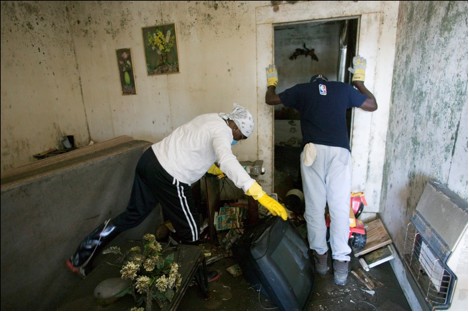Understanding Hurricane Risks The most critical step in preparing for a hurricane is to understand the risk one faces in terms of property damage and threat of personal injury. As noted in the section on Understanding Hurricane Hazards and Impacts, the key hazards from hurricanes come from wind and flooding, caused either by storm surge or intense rainfall. Important questions to ask about one’s home include: Is a home at risk of flooding due to storm surge or intense rainfall? Is the home in an evacuation zone? If so, to where should homeowners evacuate (most people only need to evacuate a few miles from the coast to avoid the dangers of storm surge)? Does a home have proper insurance coverage for both wind and flood losses? Taking time to answer these critical questions before hurricane season is essential. “Get a Plan” Once a person understands their risk for hurricane impacts, an appropriate disaster safety plan should be developed to help ensure an individual and a family’s safety. A disaster safety plan is a comprehensive plan that identifies all of the steps a family needs to take before, during, and after a disaster to ensure maximum personal safety and property protection. For a, step-by-step guide on creating a family disaster plan please see Florida’s “Get a Plan” guide. Citizens should also visit their State Emergency Management Agency websites for family disaster plan templates that may be more suited to a local area. Review Insurance Coverage In the United States, flood insurance can be purchased through the National Flood Insurance Program (NFIP). There are some private insurance companies that will offer supplemental flood coverage. It is imperative for families living in coastal regions susceptible to hurricanes to fully understand their insurance coverage. It is best to speak with an insurance agent or company representative to makes sure the right kind and amount of insurance is in place. Homeowners need enough insurance to rebuild a home and replace all personal belongings destroyed by a disaster. Anyone who has made a major alteration or improvement to their home, or has made significant purchases, should notify their insurance agent so that the increased value is reflected in the policy.
Homeowners should also speak with their agent or insurance company representative about deductibles. Most coastal residents have percentage deductibles for storm damage rather than the traditional dollar deductibles that are used for other types of losses such as fire or burglary. Ask About Flood Insurance and Create a Home Inventory In the U.S., flood damage is not covered under most standard homeowners and renters insurance policies. However, flood coverage is available from the NFIP and some private insurance companies. It can generally be purchased from the same agent or broker who provides homeowners or renters insurance. Additional information on flood insurance can be found at FloodSmart.gov, or by calling 888-379-9531. A home inventory will help ensure that homeowners have purchased enough insurance to replace personal possessions. A home inventory is simply a listing of all personal possessions in a home. It can take the form of a list with photographs of possessions or it can include video tape of homes and possessions. Online services also exist where you can upload lists of personal possessions in case damage destroys these lists at one’s home. Having an up to date home inventory can also speed the claims process and substantiate losses for income tax purposes. A detailed home inventory is also helpful should need arise to apply for disaster aid. To make creating a home inventory easier, the Insurance Information Institute provides free Web-based software located at http://www.KnowYourStuff.org. This software allows easy organizing and listing of possessions, as well as the addition of digital photographs of valuables. The program provides free, secure, online storage of an inventory. Storing an inventory online provides the ability to access it from any computer in the event a personal computer is destroyed. Hurricane Mitigation: Steps to Take When Time is On One’s Side The best time to protect a home from hurricane force winds and flooding is before the start of hurricane season. There are a number of steps homeowners can take to give their properties a much greater chance of surviving a hurricane. Preparing a home for a hurricane requires time and attention. For a details step-by step overview on how to prepare your home, please visit http://www.FLASH.org.. |



